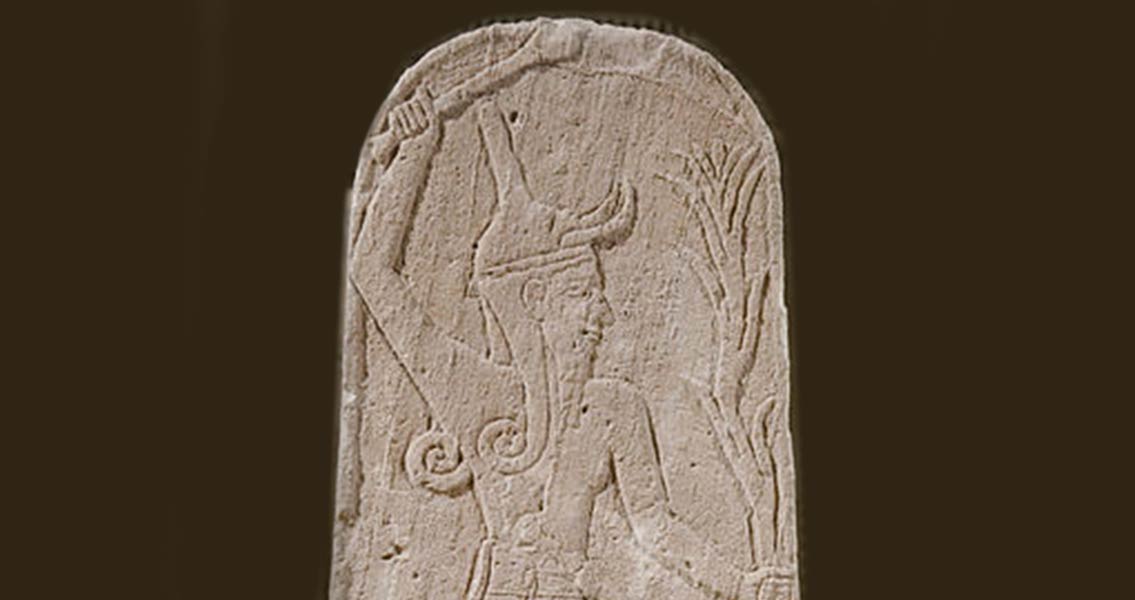<![CDATA[A 3,300-year-old cult complex has been discovered in Israel by archaeologists excavating at the Tel Burna archaeological site. The Tel Burna Archaeological Site Excavation Project, directed by Itzhaq Shai of Ariel University, started back in 2009, close to the Israeli city of Kiryat Gat. The researchers have found interesting ancient artefacts that are highly influenced by Greek and Canaanite culture. The site features an open courtyard measuring over 50 feet in length and over 50 feet wide, along with a mansion-sized building. The antique artefacts discovered so far in the site include large ceramic jars8 decorative goblets, interconnected cups, mask fragments, and burned animal bones that are commonly found in sacrificial ritual sites. Archaeologists have also uncovered some other fascinating objects such as an Egyptian scarab, a cylinder-shaped seal, and half-animal half-human figurines. The finding of the letters Ugarit, which was an ancient Syrian site, hints that this archaeological discovery could be a prehistoric Canaanite pantheon. The archaeologists have deduced that the broken masks they uncovered are good enough to be worn, and were almost certainly used for processions, cultic ceremonies or ancient feasts. Until now, archaeologists have not been able to conclude who the masks may be representing, or if they have a precise image on them in any way. Based on their attractive carvings, the interconnected cups seem to be imported from the island of Cyprus. The colossal jars that were unearthed are known as pithoi, and are nearly as big as humans. Shai suggested that the pithoi were probably used to stock up tithes brought to the complex, though this assumption is presently being tested using residue analysis. The interior walls of the vessels are presently being scrutinized by Dvory Namdar of the Hebrew University, to conclude what was carried within them and how they were used. Based on words carved into the external walls of the vessels, it is assumed that they were also imported from Cyprus. The researchers of the excavation project have scrutinized everything they have been able to find so far from the site and narrowed down their options regarding what gods were worshiped in the complex. Shai thinks that the most probable candidate is Baal, a prehistoric Canaanite storm god. The Canaanite people used to consider Baal Hadad to be the god of fertility, agriculture and thunderstorms. Although the researchers can't rule out the possibility that it was another god or goddess, such as the war goddess Anat, they think it is very unlikely. These interesting artefacts raise several questions for the archaeologists about how much direct contact and influence other cultures had in ancient times in the region now known as Israel.]]>
3300-Year-Old Cult Complex Discovered in Israel
